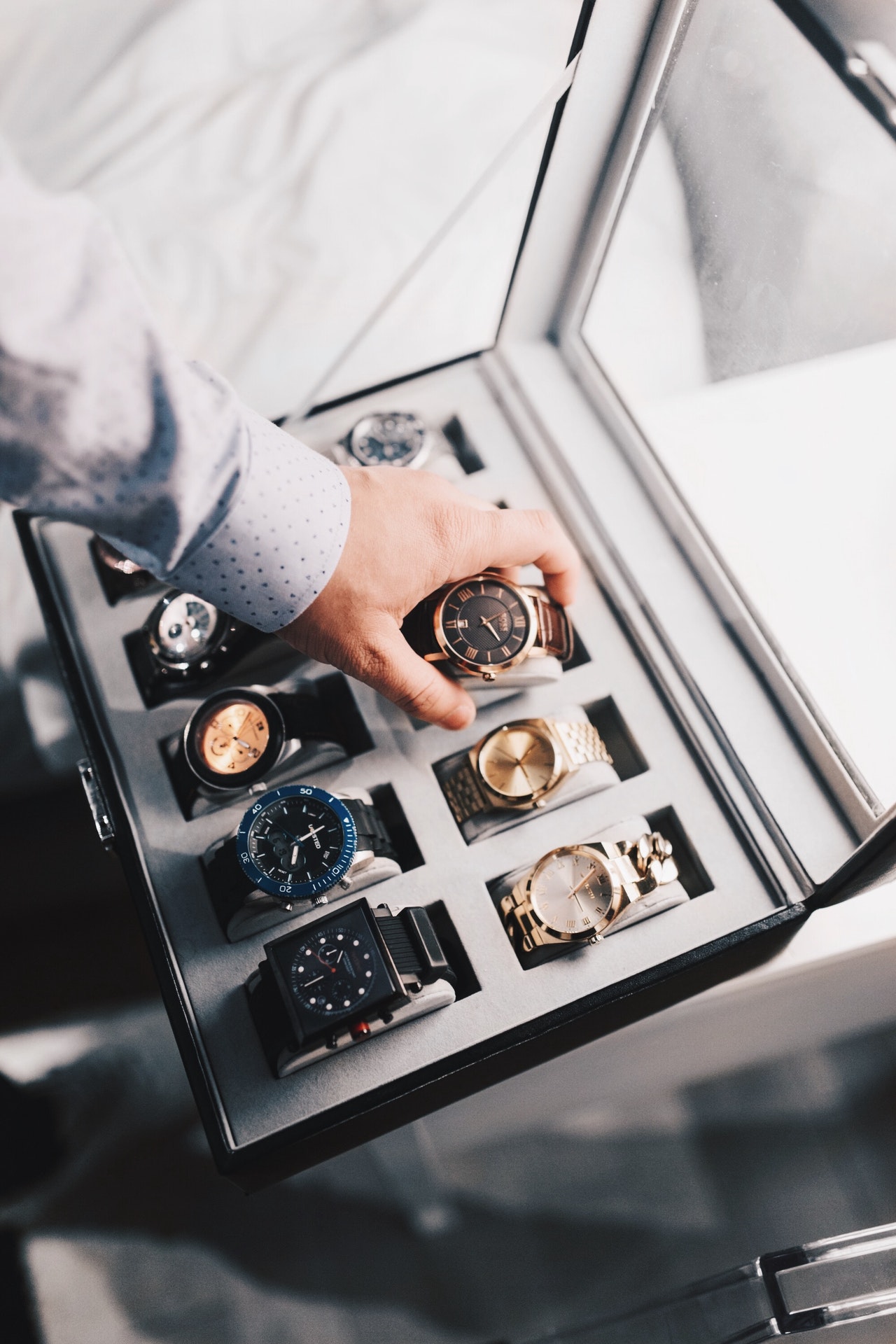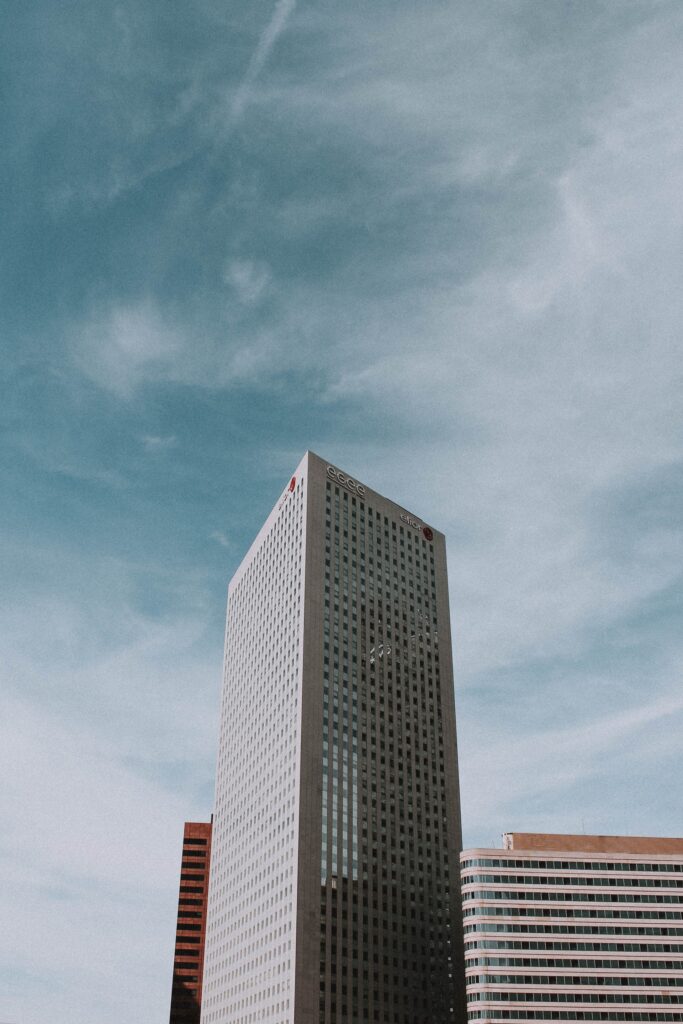Luxury Now Vs 2008

Drawing wisdom from the 2008 Financial Crisis
It is believed by many that the luxury segment is “crisis-proof” as it caters mostly to the wealthier sections of the society. For example, net sales of some luxury apparel companies such as Louis Vuitton Moët Hennessy (LVMH) seemed to remain stable since the financial crisis in 2008. In contrast, mass apparel companies such as Gap and Limited Brands experienced a significant drop in net sales and net profits. However, various studies and data show that the luxury segment also faces a good deal of challenges when dealing with a crisis. According to the recent report by Bain & Company, global luxury sales could drop by up to 35% by the end of 2020.
Comparing the Covid’19 and 2008 Crisis
Several independent studies and research have been done to understand how the luxury segment performs during crisis and post-crisis by studying the 2008 global financial crisis. However, one must keep in mind the difference between the 2008 crisis and the present COVID crisis. In addition to financial distress, the luxury industry is facing a new set of challenges presently when compared to 2008. Many fashion houses and luxury brands depend on tourists from around the world for their sales. After the travel restrictions were put into place, this source of income has dwindled. Many fashion shows and events have been cancelled or postponed, which was a significant platform for sales of luxury products. These are some of the problems which were not prevalent in the 2008 crisis but are significant now. The nature of the response has been different in the COVID crisis as well. A number of these luxury industries are now producing masks, hydroalcoholic gels, etc. which was not seen during the 2008 financial crisis. One always has to keep these in mind while comparing the two crises.

The 2008 Crisis
Countries across the world have experienced economic and financial downturns in the COVID crisis as well as the 2008 crisis. Therefore, it becomes crucial to study the 2008 crisis to draw wisdom regarding the current situation.
Why did luxury segment fare better
After the crisis, countries around the world started to gear up to get back on the track of economic growth. A result of this was the widening of the income gap. Countries worldwide were now seeing a rise in the income disparity among the rich and the poor. What this meant is that the well- off section of the society was able to overcome the downturns of the crisis much faster than the middle class or the lower class. Therefore, the fashion and the luxury segments experienced a quick revival and a surge in sales after the crisis. This does not mean that the rich houses did not experience the effect during the financial crisis. The worldwide luxury sector market saw a twenty percent decline in year-on-year sales in 2008, which could be around 10% for the year 2009, according to Bain Consulting. The owners or major stakeholders did face severe losses in their balance sheets, and many went bankrupt. This led to cutting down on the expenditure in the luxury segment during the crisis. Despite the positive development of the luxury apparel market, it is suggested that that mass apparel companies not rush into the luxury market. Notably, the Return of assets (ROA) of the luxury apparel companies turned out to be no better than the mass apparel companies from 2008 to 2011. This is because the luxury companies invested much more in the total assets, thereby bringing down the assets to turnover ratio.
Shift towards the Developing Countries
After the 2008 crisis, developing countries such as India, China, and Brazil started recovering much faster at a rate of more than 7%. In contrast, developed countries such as the US and other European nations struggled to achieve a growth of 3%. This saw a shift of fashion houses towards these nations. It is fairly evident from the table given. The previous decade saw a substantial increase in the number of billionaires from the developing nations, especially China. This led to many luxury brands moving towards Asia, especially China. As many countries continue to battle against COVID – 19, some countries have fared better and are on the path of recovery. China is one of those countries that has managed to register a growth of 3.2 % in the 2nd quarter, whereas the US has experienced a contraction of 32.9% during the same time. Therefore, the luxury segment may shift even more towards China. However, nothing can be predicted with surety presently

The impact of Consumer behaviour
Consumer behavior also affects the functioning of this industry, which changes during a crisis. People make a list before buying some product, thinking about how it would make them look before their friends. Such is the impact of the recession on people’s consumption that they feel guilty at the fact of spending on buying. ‘Luxury Shame’ is a new term that has emerged in times of recession. It’s considered vulgar to flaunt one’s financial success in times of recession. Ultra-rich are embracing a culture of frugality. For example, Yohji Yamamoto, Japan’s leading fashion house, went bankrupt in 2009 after Japanese women started buying minimalistic clothes following the financial crisis. Japan experienced a rise in populism after the 2008 crisis, and even the rich started preferring a simple life. Therefore, the luxury segment experienced declines in one of its big markets.
Conclusion
The 2008 crisis had a varied impact on the luxury segment, as well. Some studies suggest that traditional or old brands such as Richemont and Hermes performed better than the relatively newer ones such as LVMH on account of its more loyal customer base. However, this cannot be binding as brands such as Gucci registered strong sales. The companies that were able to adapt to the geopolitical and economic changes post-crisis were able to sail through the crisis. There was a significant shift in the market towards mainland China after the disaster. China is now one of the largest luxury consumers in the world today. This trend is further accelerated due to the COVID crisis as luxury goods pick up sales in China while the situation looks grim in other parts of the world.



